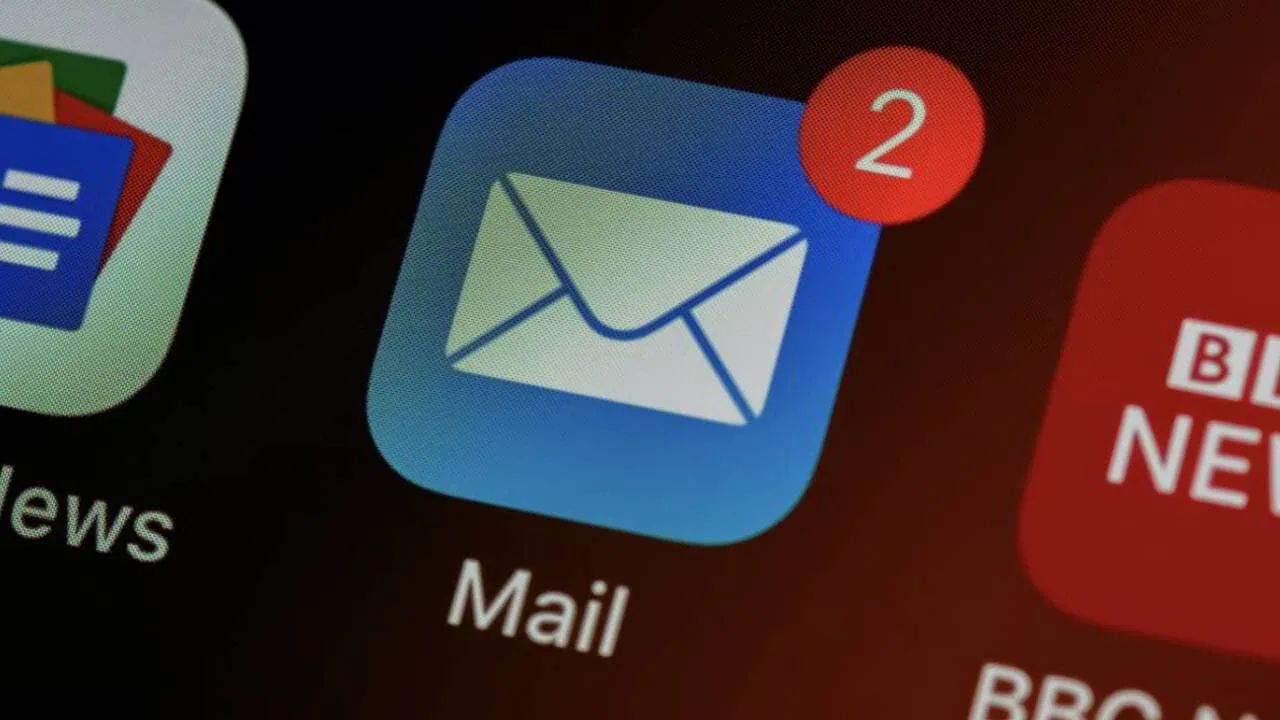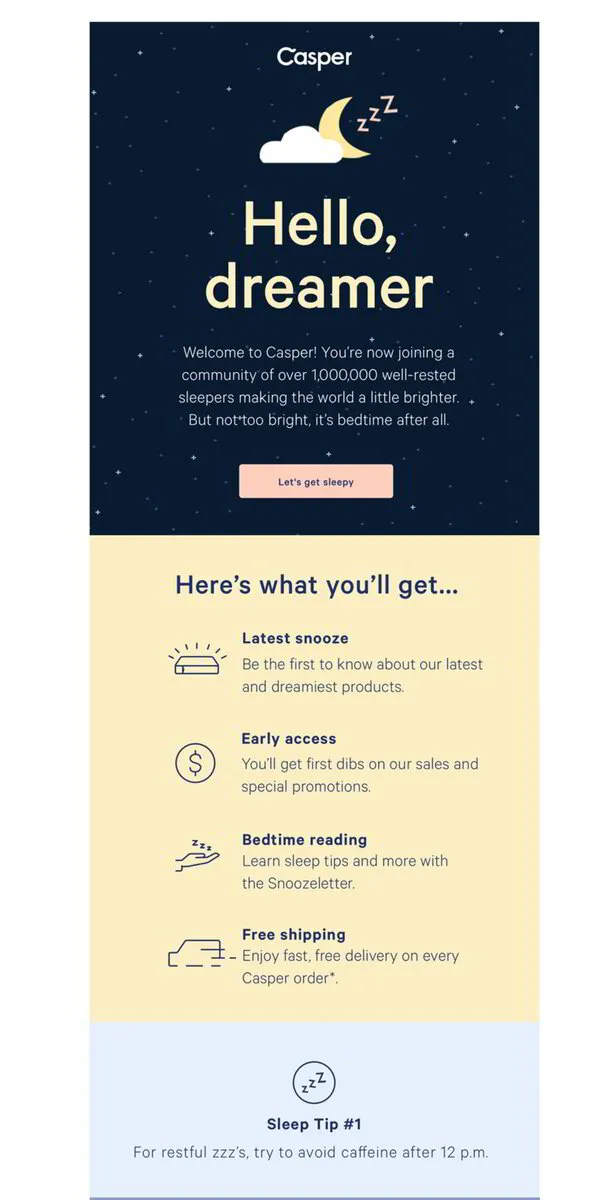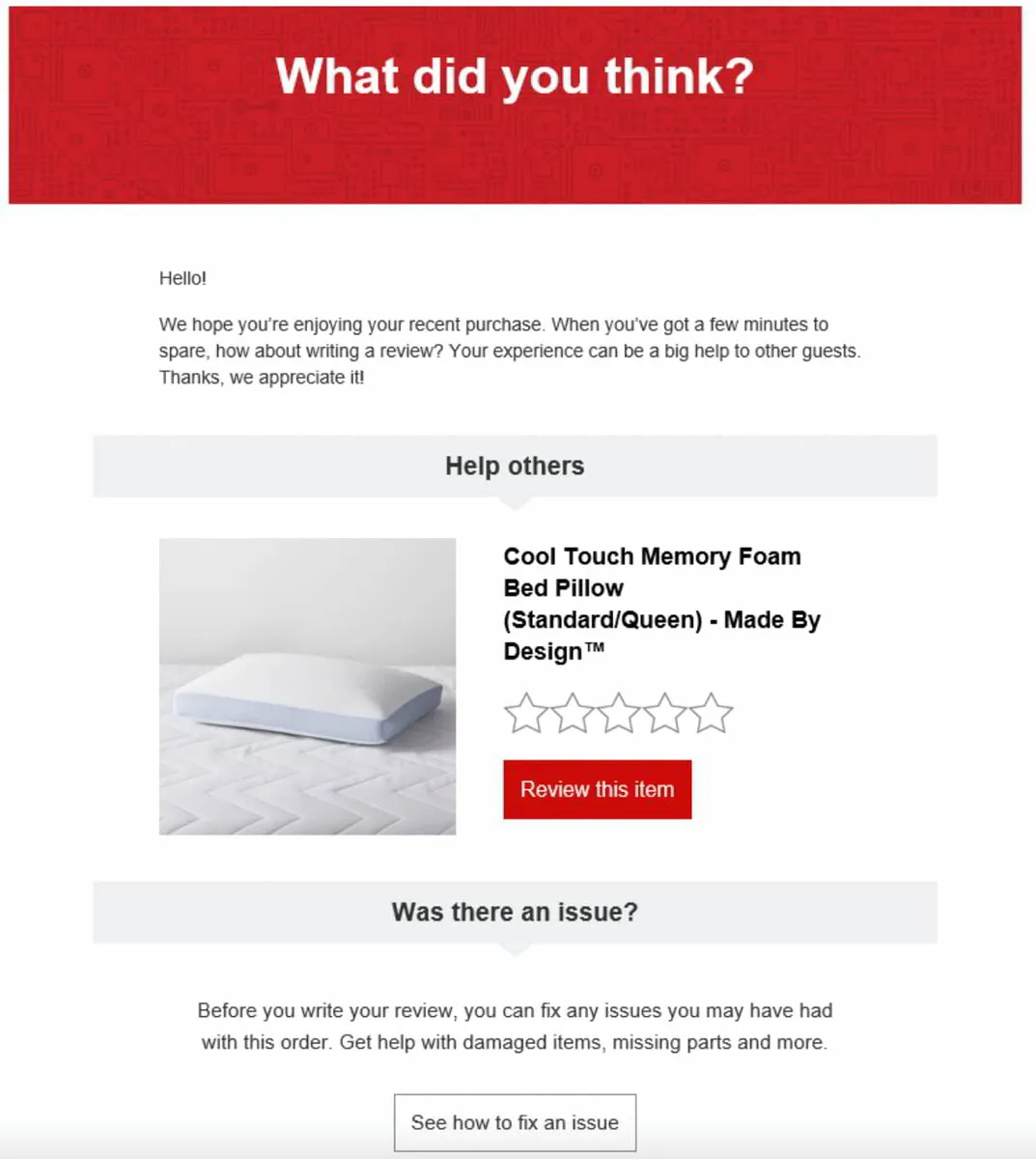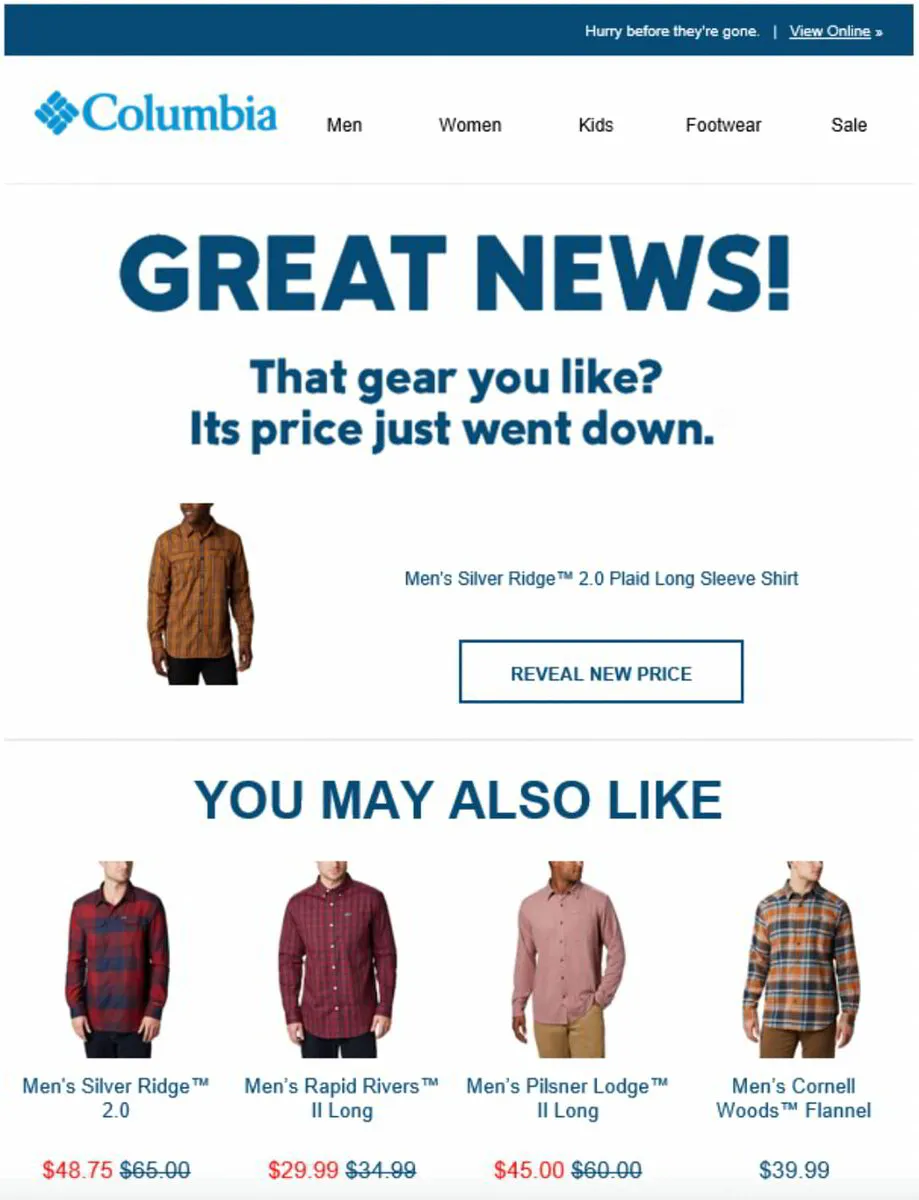Lead nurturing emails are a key element in successful digital marketing strategies. By sending helpful and relevant information, you can turn a cold lead into a warm one - and eventually, a paying customer.
Lead nurturing emails have several differentiating characteristics. Keeping these in mind will help you create emails that will generate results for your business.
In this blog post, we share five tips for writing lead nurturing emails that get results.
Here’s an overview of lead nurturing and what makes an impressive lead nurturing email.
Content Overview
What is a lead nurturing email?
What are the benefits of nurturing leads with email marketing?
Best practices in creating effective lead nurturing emails
Lead nurturing email examples to help you get started
What is a lead?
A lead is a potential customer who has shown interest in your product or service - in this case, through their interactions with your website. These interactions can include subscribing to your email list through your lead generation campaign or filling out a contact form on your website.
Leads are important to businesses because they represent potential customers. By nurturing these leads and developing relationships with them, you increase the chances of them eventually doing business with you.
What is lead nurturing?
Lead nurturing is the process of building trust with qualified leads. This helps build better relationships with potential customers. While lead nurturing can be done through social media platforms, the most common approach for successful digital marketers still involves emails.
What is a lead nurturing email?
In the context of email marketing, the lead nurturing process begins with an email list of leads (qualified or unqualified). From there, you'll need to develop a relationship with each lead by sending helpful and relevant information.
With lead nurturing, it's important to remember that not all leads are in the same stage of the customer journey. Some leads will be further along in the sales funnel than others, and your lead nurturing emails should be custom-made for each.
For example, someone who has just subscribed to your email list will need to be nurtured differently than someone who has already purchased from your company.
What are the benefits of nurturing leads with email marketing?
Lead nurturing has several benefits, both for businesses and the leads themselves.
For businesses, lead nurturing results in increased sales and conversions. By sending relevant information to leads at the right time, you can prime them for a purchase and increase the likelihood that they'll do repeat business with you.
Lead nurturing can also shorten sales cycles. By keeping your business top-of-mind and building trust with potential customers, you can speed up the decision-making process when they're finally ready to buy.
And lastly, lead nurturing can help you save money. By cultivating relationships with leads before they're ready to buy, you can avoid wasting time and resources on marketing to people who aren't yet ready to make a purchase.
For leads, lead nurturing can result in a better understanding of your product or service. By receiving relevant information from you at the right time, they can make an informed decision about whether or not your product is right for them.
Best practices in creating effective lead nurturing emails
Segment your email list
First, you'll want to segment your email list. Divide your list into smaller groups, based on factors such as the source of the lead, or their buyer persona. Segmenting your list allows you to send more targeted and relevant information to each group of leads. All of this leads to improved results.
Keep your emails helpful and relevant
Make sure you're sending helpful and relevant content. Provide value with each email you send, whether that's helpful information, or even exclusive discounts.
The key point is this: lead nurturing emails are not a sales pitch. Their purpose is to be useful to the reader - your prospective customer. You’re not at the pitching stage yet. You’re building a relationship, not closing a sale.
Personalize your emails
If you're serious about building better business relationships, personalization is key.
Your goal should be to make each lead feel like you're speaking directly to them. This can be done by using their name in the subject line or body of your email, and by segmenting your list so that you're only sending relevant information to each lead.
The more personalized your lead nurturing emails are, the better your results will be.
Test your emails for mobile responsiveness
In today's world, it's more important to make sure your lead nurturing emails are easily readable on mobile devices. This means using more appropriate font sizes and images.
By making your lead nurturing emails mobile-friendly, you'll be able to improve customer engagement and get better results.
Automate your lead nurturing process
If you're not already doing so, you should automate your lead nurturing process.
Lead nurturing can be a time-consuming task, and using an email marketing automation tool can save you a lot of time and effort.
An email marketing automation tool will allow you to send lead nurturing emails automatically, based on many different triggers. Popular marketing automation tools include ActiveCampaign, GetResponse, Mailchimp, and ConvertKit.
For example, you can set up a welcome sequence of emails for new subscribers.
By automating your lead nurturing process, you can free up your time to focus on other important tasks.
Lead Nurturing Email Examples to Help You Get Started
Below are examples you can modify to match your business needs. Some look like web pages and follow the prerequisites discussed in our article How to make your website more engaging.
1. Welcome Email
A welcome email sets the tone for future interactions. It should highlight the benefits of being subscribed. Here’s an example from Casper:
2. Informative
This could be anything from tips and advice, to product recommendations or new blog posts that help address customer pain points. Here's another example from Casper:
3. Recent Purchase
Post-Purchase emails should focus on thanking the customer for their purchase, and asking for feedback. This may also be an effective means of providing them with information about how to use or care for the product. Here's an example from Target.com
4. Abandoned Cart
These types of emails are sent when a customer adds items to their shopping cart but doesn’t complete the purchase. It is also an opportunity to present alternative options for the buyer. Here’s an example from Columbia Sportswear:
Final Thoughts
A lead nurturing email is an email sent to a lead to build trust and grow your relationship. The best lead nurturing emails are helpful, relevant, and personalized.
The benefits of lead nurturing with email marketing also include an increased understanding of your product or service and better customer conversions.
When creating lead nurturing emails, it's important to segment your list, keep your emails helpful and relevant, personalize your messages, test for mobile responsiveness, and automate your process. By following these best practices, you can create lead nurturing emails that will get results.
But before you can even create nurturing emails, you need to get qualified leads to sign up for your email list. Try the Website Content Engager, for a fresh approach to getting prospects to sign up.
Related Articles







